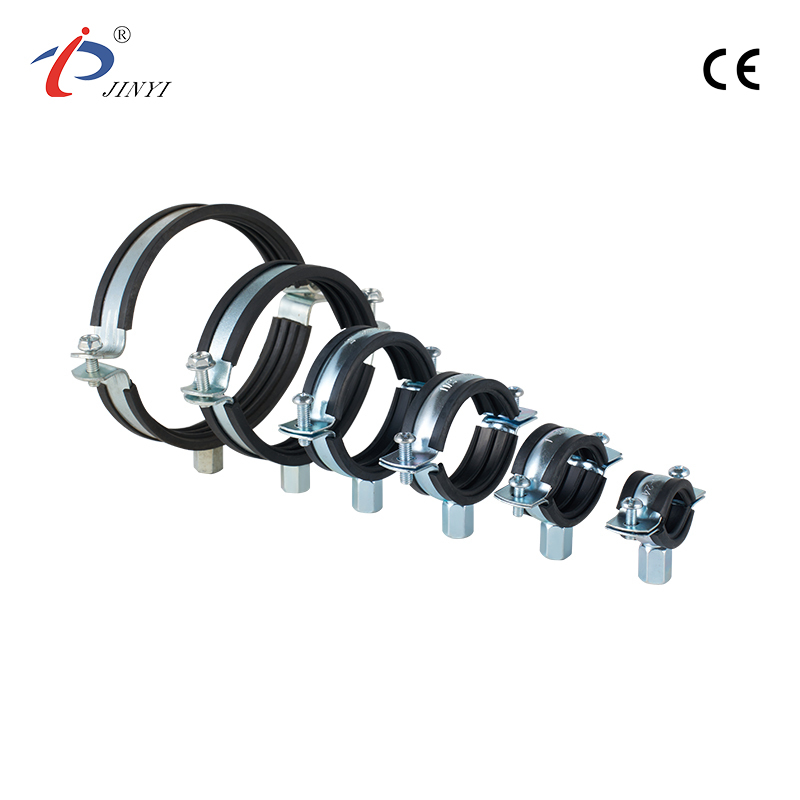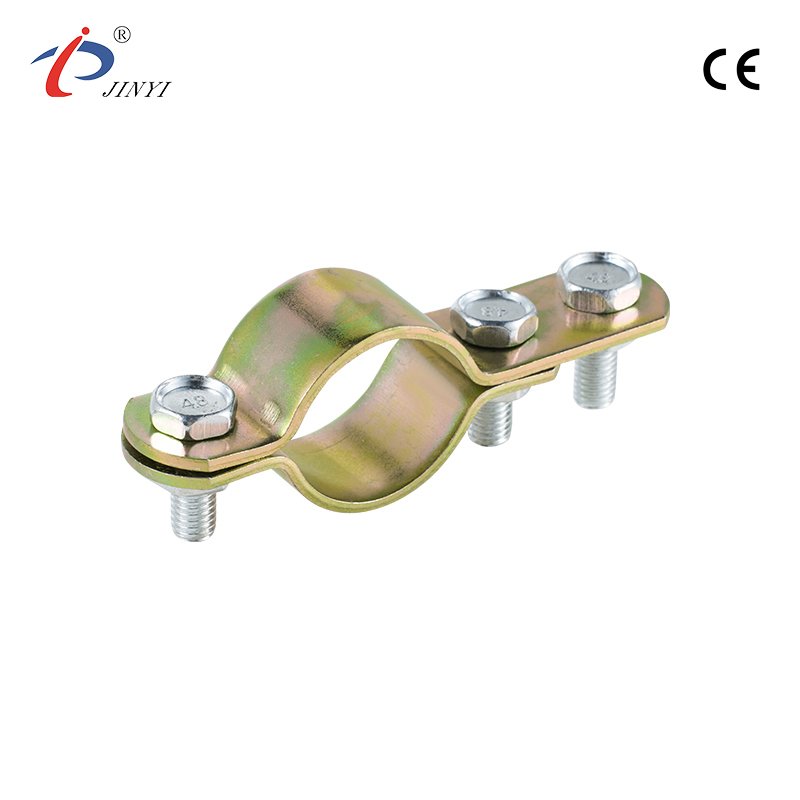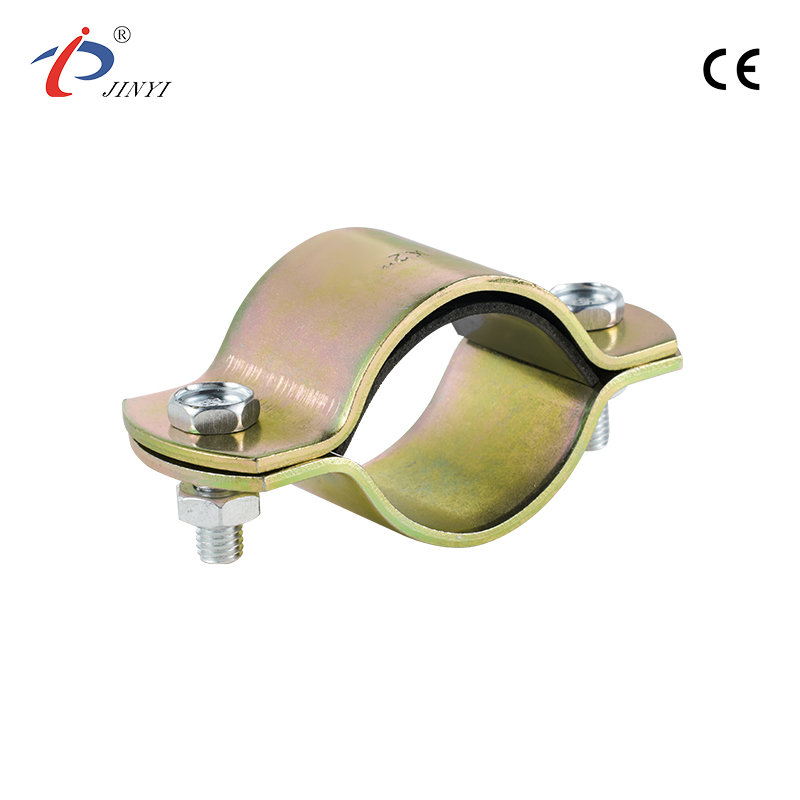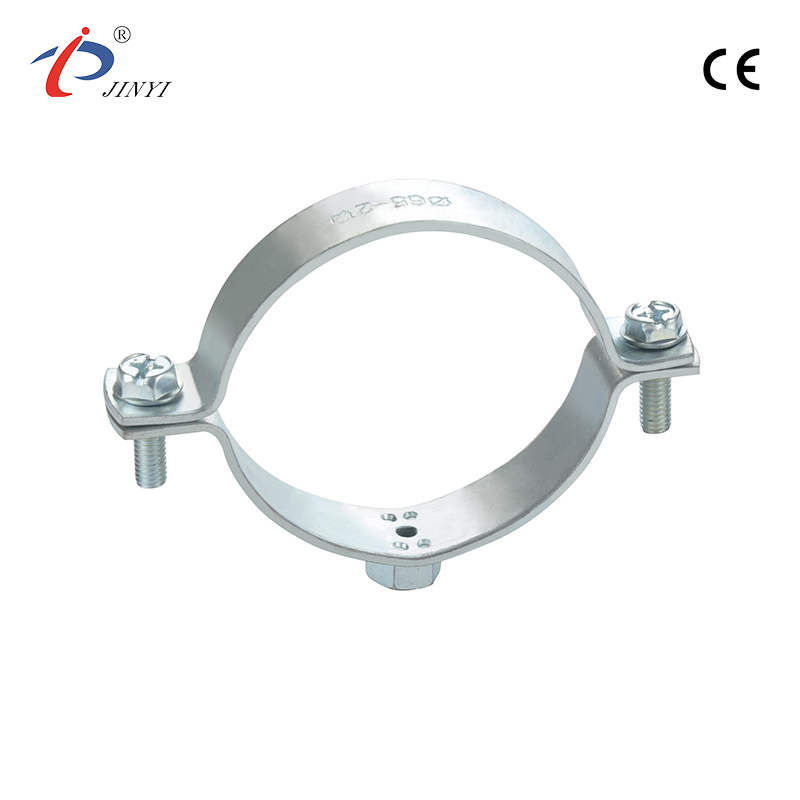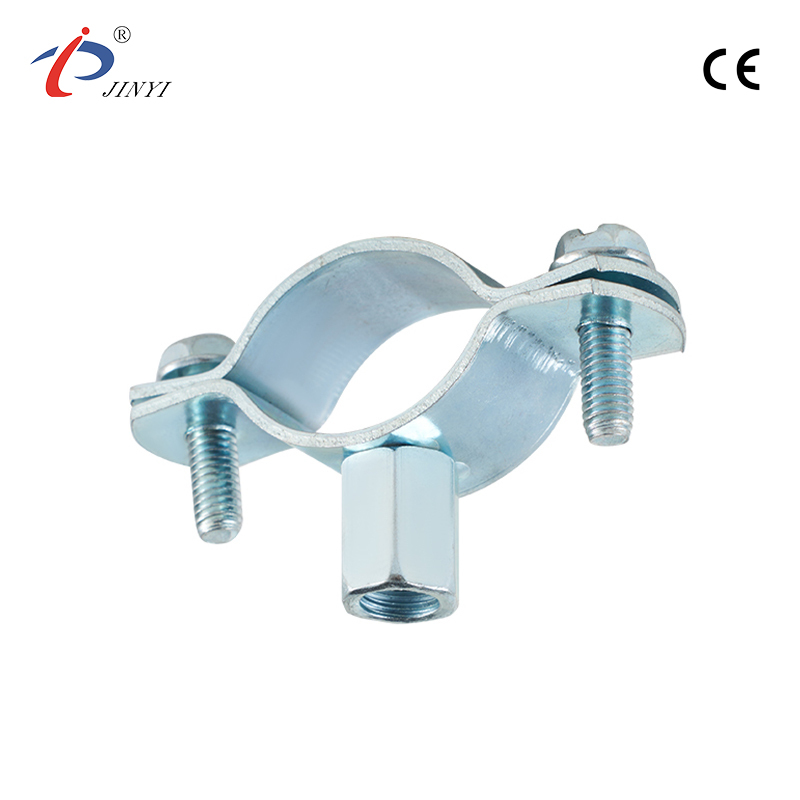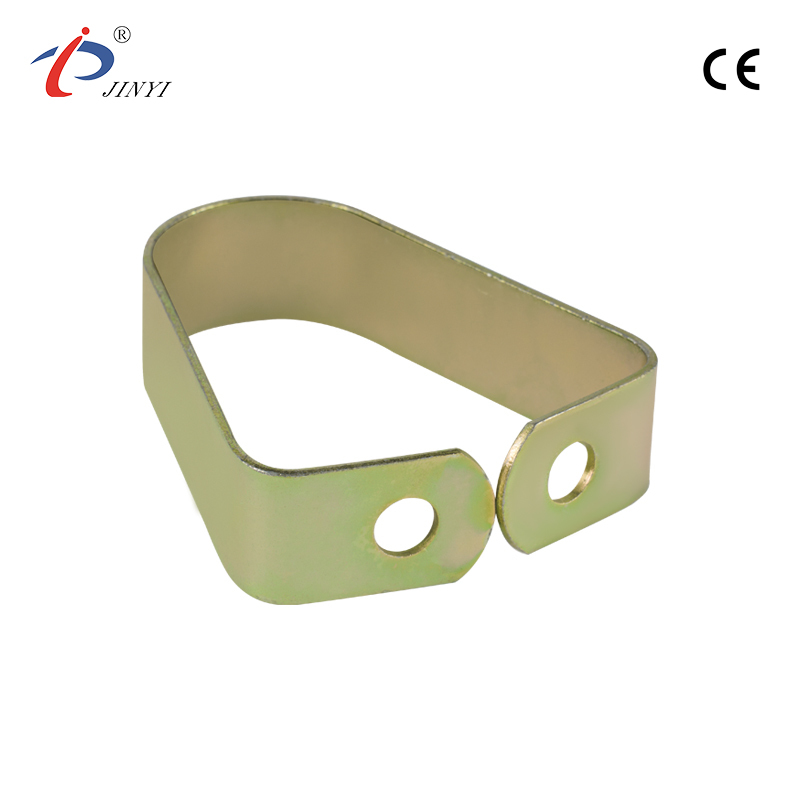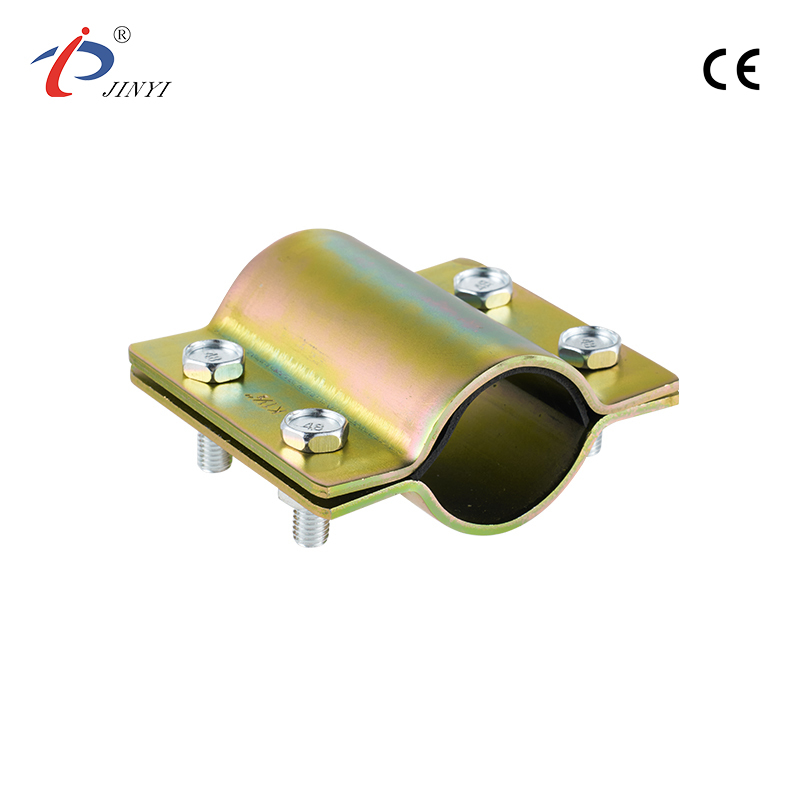Is a Shower Tray Leg Frame Necessary for a Stable Installation
2025-10-10
In recent years, the bathroom industry has witnessed a growing focus on the details of installation practices, especially when it comes to shower areas. Among the most discussed topics is the role of shower tray support. As homeowners invest more in bathroom upgrades and as professionals refine their methods, two questions remain at the center of conversations: Do shower trays need support underneath, and what exactly should be placed there?
This debate has become more than a matter of practicality. It ties directly to long-term performance, safety, comfort, and even the visual quality of finished bathroom spaces. A closer look reveals why this issue has attracted increasing attention and how industry experts are responding.
Why Support Matters More Than Ever
A shower tray might appear to be a straightforward product: a flat base designed to collect water and direct it toward the waste outlet. Yet, the role it plays within a bathroom is far more significant. It serves as the foundation of the entire shower enclosure, and any instability beneath it can affect the performance of surrounding walls, tiles, and plumbing fixtures.
Without adequate reinforcement, trays can move slightly when stepped on. This might seem harmless at first, but over time these movements place pressure on joints, seals, and adhesives. Even small shifts may create hairline gaps where water can escape. In environments as moisture-sensitive as bathrooms, that kind of weakness can lead to long-term issues such as damp patches, weakened flooring, or cosmetic damage.
Support underneath therefore becomes not only a technical requirement but also a safeguard for the wider bathroom environment.
Stability and Everyday Comfort
Industry professionals also point to user experience as a major factor. A tray that feels firm underfoot provides reassurance. Without proper support, trays may produce a hollow or springy sensation, which many users find unsettling.
This highlights an important aspect of bathroom design: practicality and comfort go hand in hand. A well-supported tray does more than protect against structural problems—it also creates a more enjoyable daily routine. As bathrooms increasingly evolve into wellness spaces, the demand for comfort-driven details continues to rise.
Different Floors, Different Needs
The choice of support methods depends heavily on the type of floor. No two bathroom projects are the same, and installers must adapt to the specific conditions of each site.
Timber Floors: Timber can flex under pressure, which increases the risk of tray movement. Reinforcement boards or moisture-resistant plywood are commonly added to strengthen the surface before the tray is fitted.
Concrete Floors: Concrete is inherently stable but rarely perfectly level. Levelling compounds or bedding materials are often applied to create a flat foundation.
Composite or Modern Subfloors: Newer materials may require tailored solutions, balancing both strength and moisture resistance.
This variation underscores why blanket advice is rarely sufficient. Assessing the floor type is the first step toward choosing the correct installation method.
What Goes Underneath: Exploring the Options
Once the need for support is established, the next logical step is determining what materials or structures should actually be placed beneath a shower tray. Several solutions are recognized across the industry, each offering unique benefits.
Bedding Compounds
Bedding layers act as a cushion, filling tiny gaps and bonding the tray firmly to the floor. They prevent rocking, distribute weight evenly, and enhance stability. Properly applied, they also align the tray with surrounding walls and tiles.
Support Frames and Adjustable Legs
Certain tray models are designed to be installed on frames or adjustable legs. These components allow fine-tuning of height and alignment, particularly valuable when dealing with uneven floors or complex waste pipe connections.
Reinforcement Boards
On timber flooring, additional support layers are often recommended. Moisture-resistant boards reduce flexing and create a platform strong enough to carry the weight of both the tray and daily use.
Adhesives and Sealants
Although not the main structural element, adhesives and sealants secure the tray in place and maintain watertight joints. They complement the chosen support system by protecting against leaks.
The Role of Drainage
Support underneath is closely connected to plumbing efficiency. Drainage systems must align correctly with the waste outlet of the tray, and misalignment can cause strain or slow water flow. In some installations, raising the tray slightly above the floor creates room for pipework, but this requires additional attention to stability.
Experts emphasize that drainage and support should be planned together. Installing the tray first without considering waste connections can lead to complications that are costly to correct later.
Long-Term Benefits of Proper Support
By preparing a solid foundation, installers reduce the likelihood of future adjustments or repairs. A stable tray remains in place for years, reducing maintenance costs and preventing disruption in the household.
Furthermore, effective support contributes to the overall durability of the bathroom. With waterproof seals protected, tiles and panels remain intact, and the visual appearance of the shower area is preserved.
Expert Opinions from the Field
Industry specialists agree that overlooking tray support is one of the most common installation errors. According to installers with decades of experience, many of the bathroom repairs they encounter stem from insufficient support during the initial setup.
Manufacturers have also responded to this issue by offering trays with built-in reinforcement or by recommending specific installation kits. This trend reflects a growing recognition that the foundation is just as important as the visible surface.
The Evolution of Bathroom Standards
The conversation around shower tray support fits into a broader shift in bathroom design. As consumers expect longer-lasting, more sustainable, and more comfortable interiors, installers are adopting methods that balance practicality with performance.
Building regulations in some regions already emphasize waterproofing and structural integrity in wet areas, and it is likely that support requirements will become more standardized in the future. This trend points to a future where installation practices are more uniform, reducing the margin for error.
Looking Ahead: Future Developments
Technological innovation is beginning to influence how trays are installed. Lightweight but strong materials, pre-fabricated support systems, and improved adhesives are making the process easier and more reliable.
In addition, sustainability is shaping choices. Reinforcement boards made from recycled or eco-friendly materials are being introduced, appealing to homeowners who want environmentally responsible solutions.
Industry observers predict that as smart homes become more common, even shower installations may evolve, with sensors detecting leaks or movement under trays. If that becomes mainstream, ensuring the right support underneath will be even more critical.
The twin questions—Do shower trays need support, and what should be placed underneath?—are now firmly part of professional conversations in the bathroom industry. The answer is clear: support plays a crucial role in stability, safety, comfort, and drainage efficiency.
Options such as bedding compounds, adjustable frames, reinforcement boards, and adhesives each bring specific benefits, but the correct choice depends on the type of floor and the layout of the bathroom. Consulting professionals can help identify the most suitable approach for each project.
As the industry moves forward, it is evident that attention to the base of a shower tray is just as important as the design of the enclosure itself. By focusing on both structure and materials, homeowners and professionals can achieve bathrooms that perform reliably and maintain their quality for years to come.



 русский
русский  Español
Español 